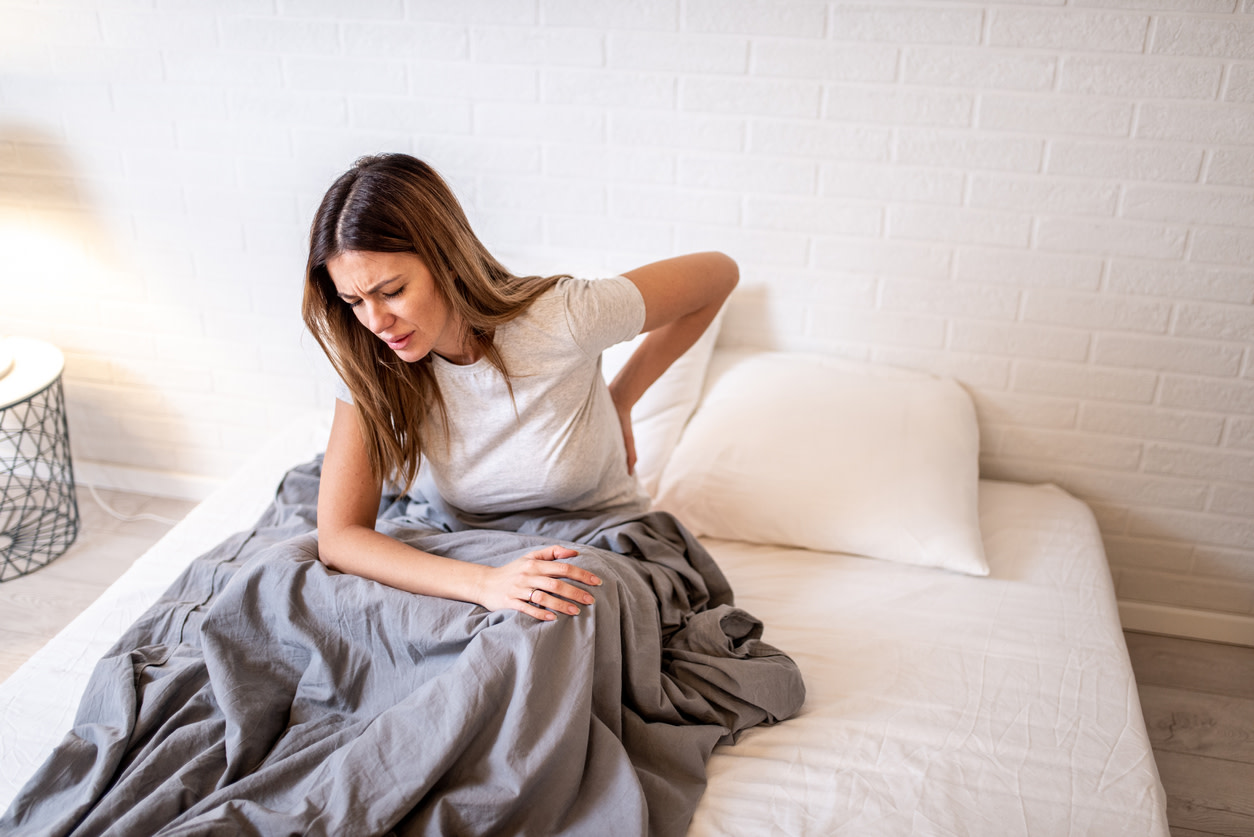How to sleep with sciatica: tips and exercises
Struggling to sleep with sciatica? Discover tips, exercises, and expert advice from physical therapists to ease pain and improve rest.
$0 costo para usted
Fecha de Publicación: Dec 20, 2024
El índice
Fully covered back pain relief
Find relief from lower back pain, a thrown out back, sciatica, & more.
Check if I'm eligibleWhat are the best exercises for sciatica pain relief before bed?
Want expert care? Check if you're covered for our free program →- Figure Four Stretch
- Back Rotation Stretch
- Bridge
